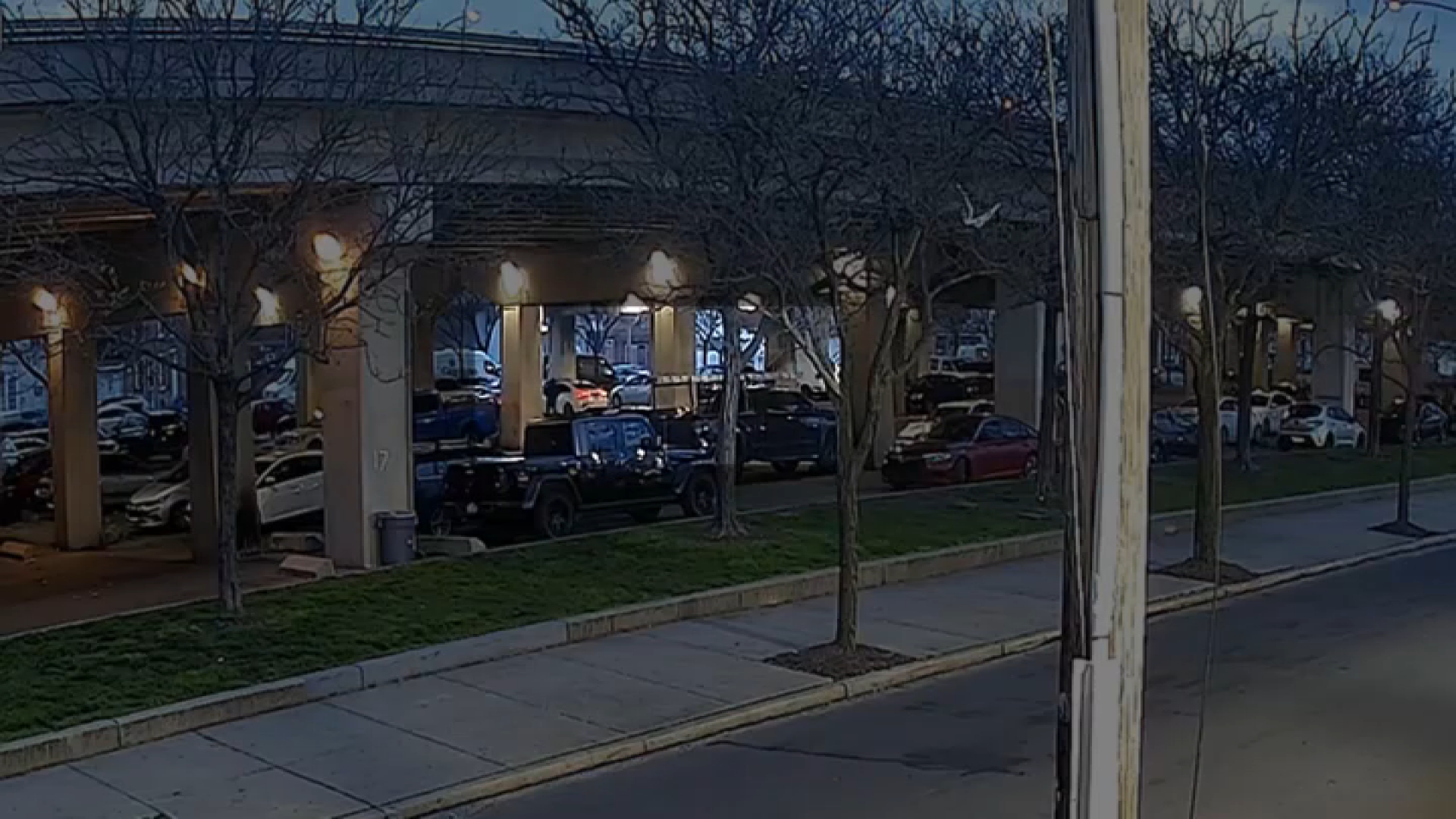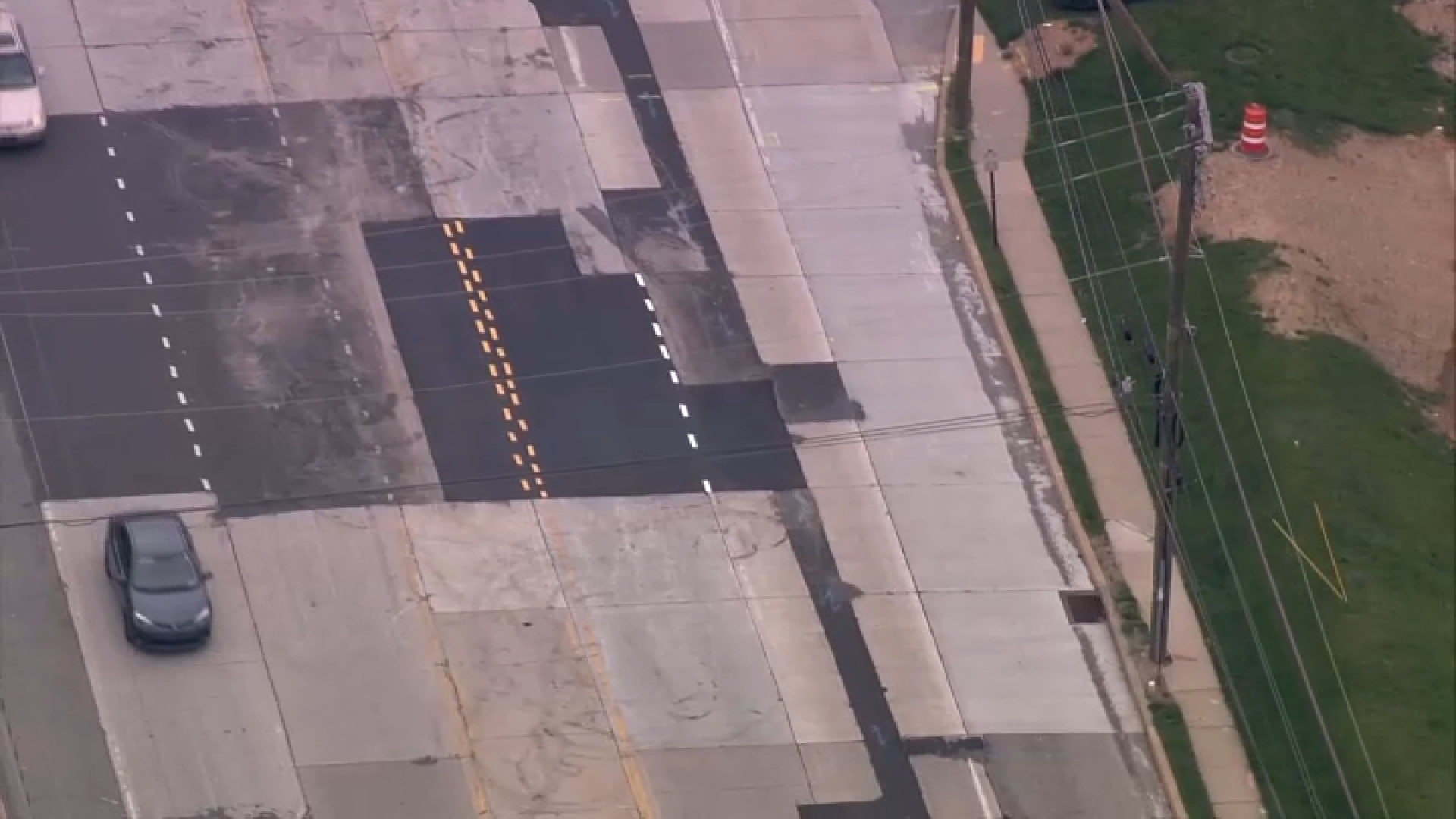Recovery efforts remain underway more than one month after a series of explosions and a subsequent fire rocked the Philadelphia Energy Solutions refinery and nearby South Philly communities.
It will likely take several more weeks, or longer, to neutralize the tens of thousands of gallons of hydrofluoric acid released on the morning of June 21, according to Philadelphia Fire Commissioner Adam Thiel.
“It is inherently a risky process,” he said Thursday. “There are people who are absolutely putting themselves as risk to mitigate this incident.”
Hydrofluoric acid, or HF, is often used by refineries as a catalyst to create high-octane fuel. It can form a toxic cloud at room temperature that travels low to the ground. If HF comes into contact with human tissue, it can cause burns and even cardiac arrest.
HF is currently being kept in vessels near the South Philadelphia refinery. Every day, contractors work to neutralize it by mixing the HF with basic compounds. The process is slow and subject to environmental setbacks, such as lightning and extreme weather, Thiel said.
Planning and system designs have furthered delayed the neutralization process, he added.
“We’re between a rock and a hard place,” Thiel said.
Local
Breaking news and the stories that matter to your neighborhood.
Still, “It’s less than it was yesterday and we’re happy about that,” Thiel said about the remaining HF.
Many residents in nearby neighborhoods and environmental advocates have called for the refinery to be permanently shut down and turned into a clean energy source.
Some people refer to the area surrounding the PES plant as "cancer alley."
"What chemicals were on fire? Which way was the wind blowing? Why was nobody notified?" South Philadelphia resident Shamar Pitts asked.
But regulators and first responders insisted there was never a threat to human lives.
The Philadelphia Health Department conducted "very aggressive" air quality monitoring in neighborhoods surrounding the refinery in the days after the explosion, according to Dr. Caroline Johnson.
The June incident woke up South Philadelphia residents around 4 a.m. after a mixture of butane and propane ignited a fire that caused three explosions. They could be seen and felt across the city and suburbs.
The fire burned for two days until plant staff were able to turn off a valve that sent fuel into an alkylation unit. City fire officials and the refinery's private fire brigade let the fire burn to avoid the uncontrolled release of explosive gas into the atmosphere.
Philadelphia Energy Solutions entered Chapter 11 bankruptcy shortly after the accident.



